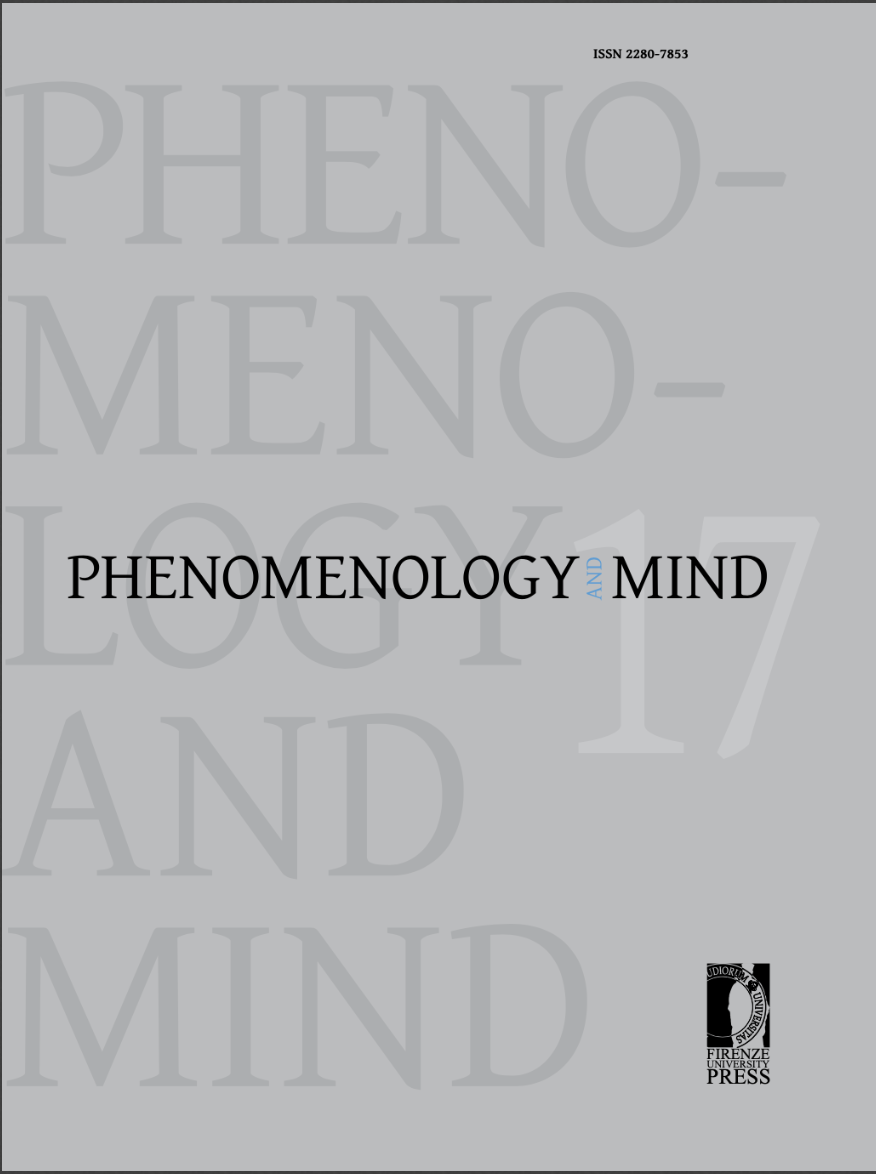Published 2017-12-30
Keywords
- phenomenology of law,
- norms,
- judgments thetic acts
How to Cite
Abstract
I discuss, from a phenomenological point of view, the distinction between judgments and norms. I stress the limits of the Husserlian canonical analysis in order to rightly account for the sense and content of normative intentionality. Based on some Kelsenian insights, I draw a clear distinction between judgments and norms, criticizing some classical trends coming from Husserl himself that consider norms as a kind of intentionality founded upon objectifying acts. However, taking distance from Kelsen, Kaufmann, and Cossio, I stress that the ought-proposition (Sollsatz) cannot be a good rendering of the sense-content of norms, based on the phenomenological distinction between the intentional matter and the quality of intentional acts. Finally, I propose my own account based on the concept of “ductive force”. I stress that the ductive force of norms cannot be identified with simple coercion. I show that there is, even inside the juridical sphere, a variety of ductive forces, going from sheer coercion to council and recommendation. To end, I stress the centrality of the concept of “ductive force” for a phenomenology of the social world.

